MONDAY MORNING DEBRIEF: The two crucial Singapore Grand Prix moments that stopped Russell and Mercedes claiming victory


Although Carlos Sainz delivered a perfect performance to win the Singapore Grand Prix for Ferrari, it could so easily have been Mercedes’ George Russell who took the honour of the first non-Red Bull win of the season. Instead, he ended the race in the barriers on the final lap.
There were two crucial moments where the possible win got away from Russell’s grasp, one in qualifying, the other in the race. He lost out to Sainz for pole by the margin of seven hundredths of a second. All weekend the Mercedes had lost out to the Ferrari in the first sector of the lap as it took a little longer to get its tyres fully up to temperature, but it would then claw back that time through the middle and final sectors.
Next Up
Related Articles
.webp) End Of Year Reports 2025Kick Sauber’s best and worst moments from 2025
End Of Year Reports 2025Kick Sauber’s best and worst moments from 2025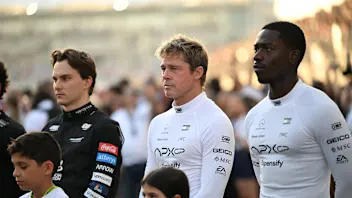 ExclusiveHow APXGP was brought to life by costume designer Julian Day
ExclusiveHow APXGP was brought to life by costume designer Julian Day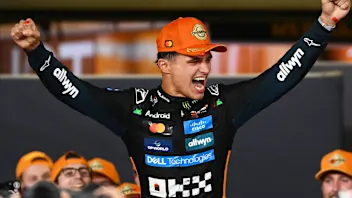 Our writers on the best drivers and stories from 2025
Our writers on the best drivers and stories from 2025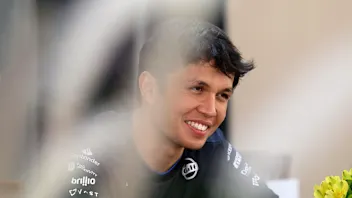 Albon names moment he's most proud of from 2025
Albon names moment he's most proud of from 2025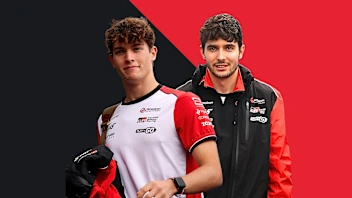 End Of Year Reports 2025Haas’ best and worst moments from 2025
End Of Year Reports 2025Haas’ best and worst moments from 2025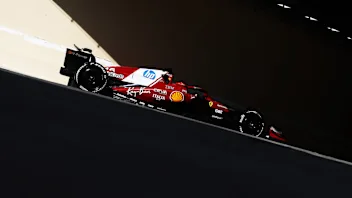 Ferrari confirm launch date for 2026 campaign
Ferrari confirm launch date for 2026 campaign
